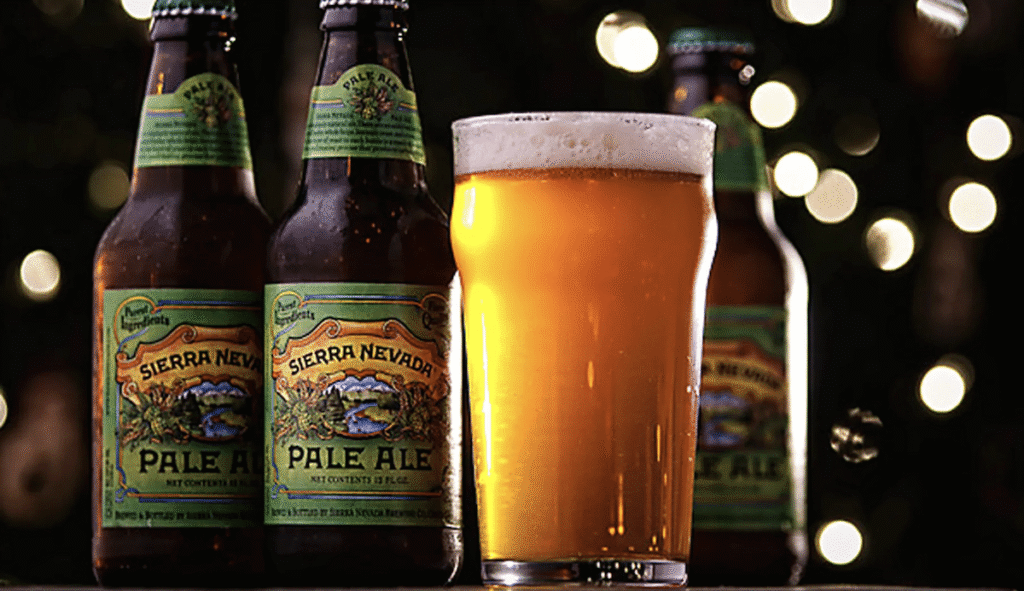
The world of beer offers a vast array of styles, each with its unique characteristics and flavor profiles. Among these, hoppy beers stand out for their distinct bitterness and aromatic complexity. What does hoppy mean in beer? It signifies a style where hops, the flower cones used in brewing, take center stage, imparting both a pronounced bitterness and a wide range of aromatic notes.
This article delves into the fascinating world of hoppy beers, exploring their defining characteristics, the influence of hops on flavor profiles, the nuances of bitterness and aroma, and the brewing process that brings these flavorful brews to life. We’ll unravel the science behind hop usage and how it shapes the final taste experience, providing you with a comprehensive understanding of what makes hoppy beers so captivating.
Hoppy Beer Characteristics
Hoppy beers are instantly recognizable for their assertive bitterness and complex aromas. This distinct profile sets them apart from other beer styles, often described as refreshing, invigorating, and intensely flavorful. The level of hoppiness can vary significantly between different beers, ranging from subtly balanced to overwhelmingly bitter.
One key characteristic of hoppy beers is their vibrant color palette. Many varieties exhibit a golden hue, while others boast deeper amber or reddish tones. This visual appeal often complements the beer’s aromatic and flavor characteristics. Hoppy beers are also known for their crisp, clean finish, leaving a lingering sensation on the palate that encourages another sip.
Hops and Flavor Profiles
Hops are the botanical heart of hoppy beers, responsible for both bitterness and aroma. These cone-shaped flowers contain essential oils and resins that impart a wide range of flavors, from citrusy and floral to piney and earthy. Different hop varieties possess unique flavor profiles, allowing brewers to create diverse and complex taste experiences.
Some popular hop varieties include Cascade, known for its citrusy and floral notes; Simcoe, which delivers piney and resinous aromas; and Citra, renowned for its tropical fruit flavors. Brewers carefully select hops based on the desired flavor profile of their beer, experimenting with different combinations to achieve a harmonious balance.
Bitterness in Hoppy Beers
Bitterness is a defining characteristic of hoppy beers, often described as a sharp, astringent sensation that lingers on the palate. This bitterness arises from the alpha acids present in hops, which isomerize during the brewing process and create bitter compounds called iso-alpha acids.
The level of bitterness in a beer is measured using the International Bitterness Units (IBUs), with higher IBUs indicating greater bitterness. Hoppy beers typically range from 30 to 100 IBUs, but some extreme examples can exceed 150 IBUs. The perceived bitterness can also be influenced by factors such as malt sweetness and alcohol content.
Aroma of Hoppy Beers
The aroma of hoppy beers is a complex tapestry of scents derived from the essential oils in hops. These aromas can range from floral and citrusy to piney, earthy, and even spicy. The specific aroma profile depends on the hop varieties used, their origin, and the brewing process.
Some common hop aromas include:
* Citrus: Grapefruit, lemon, orange
* Floral: Lavender, rose, jasmine
* Piney: Evergreen needles, forest floor
* Earthy: Moss, soil, herbs
Brewing Process and Hop Usage
The brewing process plays a crucial role in shaping the bitterness and aroma of hoppy beers. Hops are added at various stages during the brewing cycle to achieve specific flavor profiles.
Bittering Hops: These hops are boiled for an extended period early in the brewing process, extracting their alpha acids and contributing primarily to bitterness.
Flavor Hops: Added later in the boil or during whirlpool cooling, these hops impart more subtle flavors and aromas without significantly increasing bitterness.
Aroma Hops: These hops are added towards the end of the boil or even after fermentation, releasing their volatile oils and creating a pronounced aroma profile.
The amount of hops used also influences the final beer’s character. Higher hop additions result in more intense bitterness and aroma, while lower hop additions create a subtler flavor profile.
Conclusion
Hoppy beers offer a captivating world of complex flavors and aromas, driven by the versatile nature of hops. From the assertive bitterness to the intricate aromatic tapestry, these brews provide a unique sensory experience for beer enthusiasts. Understanding the characteristics of hoppy beers, the influence of hops on flavor profiles, and the brewing process behind their creation allows us to appreciate the artistry and science involved in crafting these flavorful masterpieces.
